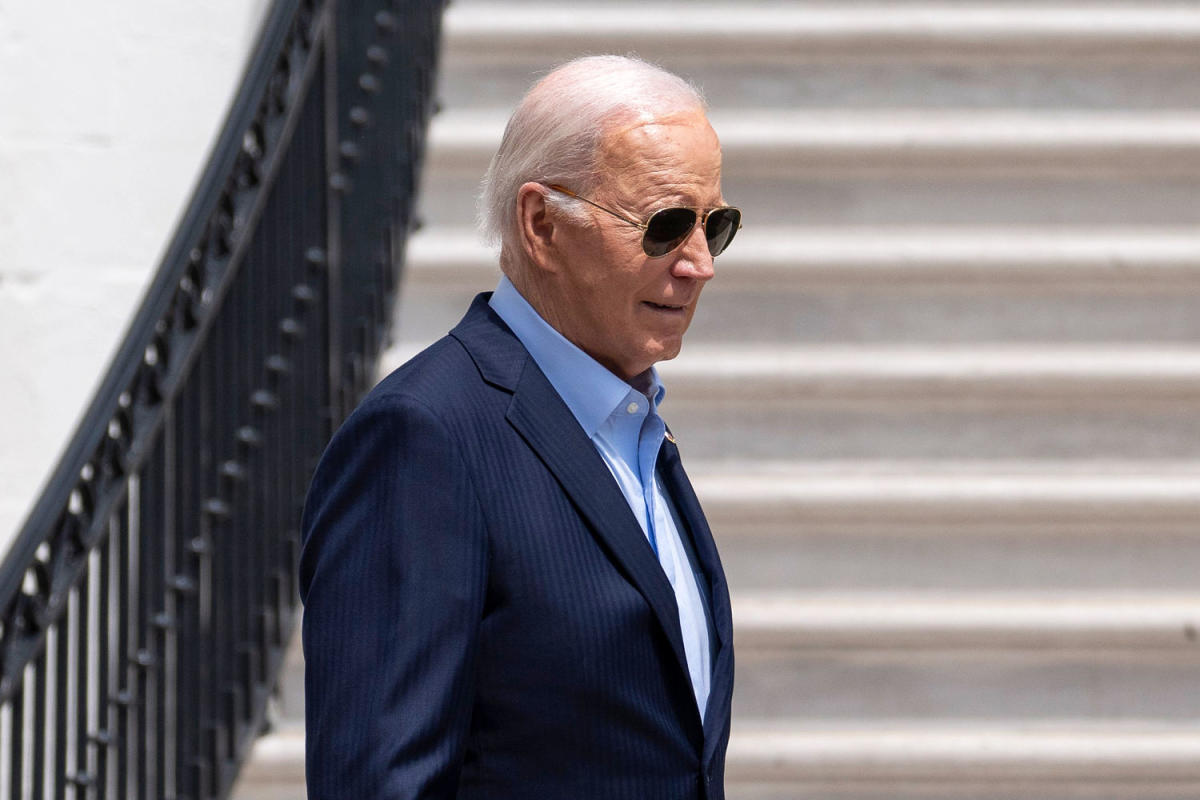A Manhattan federal jury found FTX co-founder Sam Bankman-Fried guilty of defrauding his customers, investors and lenders, concluding a dramatic fall for a 31-year-old entrepreneur who presided over the largest crypto collapse in history.
Jury members deliberated for a period of hours after Bankman-Fried’s criminal trial wrapped up Thursday. They concluded he was guilty on all seven criminal charges, ranging from wire fraud to money laundering.
His sentencing is scheduled for March 28; the counts carry a maximum sentence of 110 years.
Bankman-Fried was stoic while his verdict was read in the courtroom, and he didn’t look back at his parents. His father dipped his head, and his mother took off her glasses and rubbed her eyes.
Bankman-Fried faces even more potential legal jeopardy in the year ahead. He is scheduled to face a separate set of criminal charges that allege he committed bank fraud and bribed Chinese officials in another trial due to begin in March.
Prosecutors argued that Bankman-Fried deliberately stole $14 billion in customer deposits from his cryptocurrency exchange in a scheme that he carried out with three of his top executives: Alameda CEO Caroline Ellison, FTX co-founder Gary Wang and FTX engineering director Nishad Singh.
All three pleaded guilty to fraud charges after FTX’s collapse and testified against Bankman-Fried under plea agreements with the government.
The group, prosecutors claimed, allowed Bankman-Fried’s sister crypto trading firm Alameda Research “secret” backdoor access to FTX’s customer deposits, then spent the money on investments, loan repayments, political donations, and real estate.
“He spent his customers’ money and he lied to them about it,” prosecutor Nicolas Roos said in the government’s closing argument.
“Where did the money go? The money went to pay for investments, to repay loans, to cover expenses, to purchase property, and to make political donations.”
Bankman-Fried testified that poor business decisions and management screwups — and not fraud — were to blame for the undoing of his cryptocurrency exchange.
“Did you defraud anyone?” Bankman-Fried’s lawyer asked him during his risky gamble to take the stand in his own defense.
“No, I did not,” Bankman-Fried answered.
“Did you take customer funds?” Cohen clarified.
“No,” he said.
‘Borrows’
At the heart of the charges against Bankman-Fried were accusations that he and FTX falsely represented that customer deposits were safely in the exchange’s custody. Prosecutors said this happened in public Tweets, on FTX’s website, and in private communications with customers, lenders, and investors.
In FTX’s terms of service, the government pointed out, account holders were told that their funds were owned by them and available to withdraw.
Bankman-Fried argued those same terms of service instead supported his position that Alameda, as a customer on the exchange, could borrow from FTX deposits so long as the funds were held in accounts that opted into FTX’s margin-trading program.
“At FTX, the way it was set up, margin customers could use the funds they borrowed from the exchange for any purpose,” Bankman-Fried’s attorney Mark Cohen said in his closing argument.
“At the time, no one thought this was a problem because the customers who borrowed funds on margin had to post collateral to support their borrowing. And if a customer’s position lost money, which means risk of going down, the collateral could be used to liquidate their position before it went under water.”
But prosecutors said what Bankman-Fried and his deputies did secretly was tinker with FTX’s computer code to let Alameda access billions in customer funds characterized as “borrows,” or loans from FTX.
Alameda was also allowed special privileges not available to other accounts, they said. Loans made to Alameda were exempt from any collateral requirements, and from liquidation, and could carry negative balances on the exchange.
Bankman-Fried testified that it was his deputies that created this computer code. And Alameda’s privileges, he told the jury, also had legitimate purposes so that Alameda could function as a market maker, a payment processor, and a backstop liquidity provider for FTX.
He also said it wasn’t until October 2022 that he knew that FTX was facing what he called a liquidity crisis. FTX filed for bankruptcy just one month later, in November 2022.
Prosecutors contested that timeline, saying that Bankman-Fried and his three executives knew as early as June of that year. That’s when they all worked on a project that revealed that Alameda had an $8 billion deficit owed to FTX.
One of the most dramatic moments in the trial came near the end when Assistant US Attorney Danielle Sassoon asked Bankman-Fried to explain what he did in 2022 when it became clear FTX customer funds had been used to pay off Alameda loans and trading debts.
“Did you fire anyone for spending $8 billion of customer deposits?” Sassoon asked.
“No,” Bankman-Fried said.
Read the latest news about Sam Bankman-Fried and the FTX fraud trial:
Click here for the latest crypto news, updates, values, prices, and more related to bitcoin, ethereum, dogecoin, DeFi, and NFTs
Read the latest financial and business news from Yahoo Finance

Jessica Roberts is a seasoned business writer who deciphers the intricacies of the corporate world. With a focus on finance and entrepreneurship, she provides readers with valuable insights into market trends, startup innovations, and economic developments.




